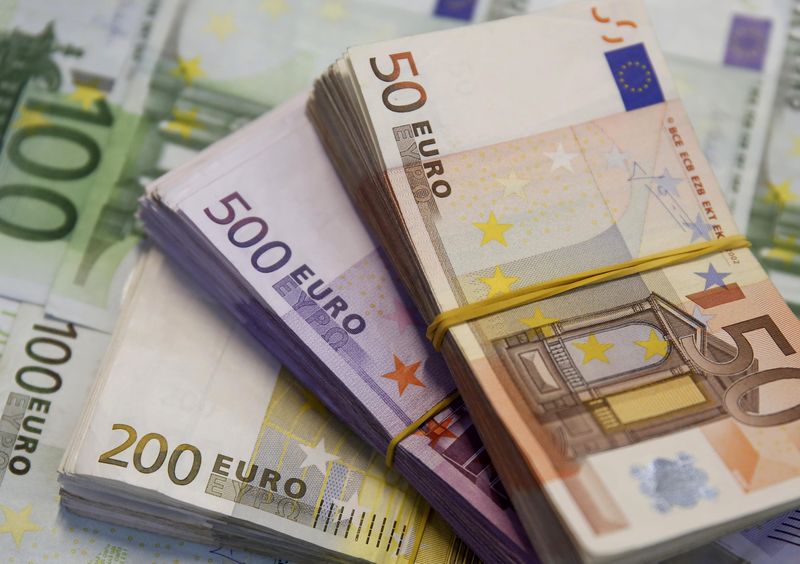BigBear.ai appoints Sean Ricker as chief financial officer
Bank of America analysts highlighted historical patterns in the US Dollar Index (DXY) that suggest a potential rise in the value of the euro.
The DXY has shown a pattern similar to the one observed between the fourth quarter of 2016 and the first quarter of 2017. Analysts noted that the DXY has formed a head and shoulders top, a technical pattern that is often interpreted as a bearish indicator.
The euro recently hit the analysts’ target of 1.02 on February 4th, after which it formed a bullish hammer candlestick pattern, indicating a possible reversal. This was seen as the second low in a double bottom pattern.
Bank of America’s analysis suggests that, with the DXY’s downward trend and the euro’s upward momentum, the conditions are set for a repetition of the trends from the second to the third quarter of 2017.
In the medium term, the DXY could fall to two-year lows around 100-101, and the euro could rise back up to the 1.12 range.
Furthermore, if the euro rally mirrors the magnitude seen in 2017, there could be an upside of 17-21%, potentially bringing the 200 million simple moving average (SMA) into view around 1.20. The analysts also identified long-term support for the DXY in the 97 range.
This article was generated with the support of AI and reviewed by an editor. For more information see our T&C.
